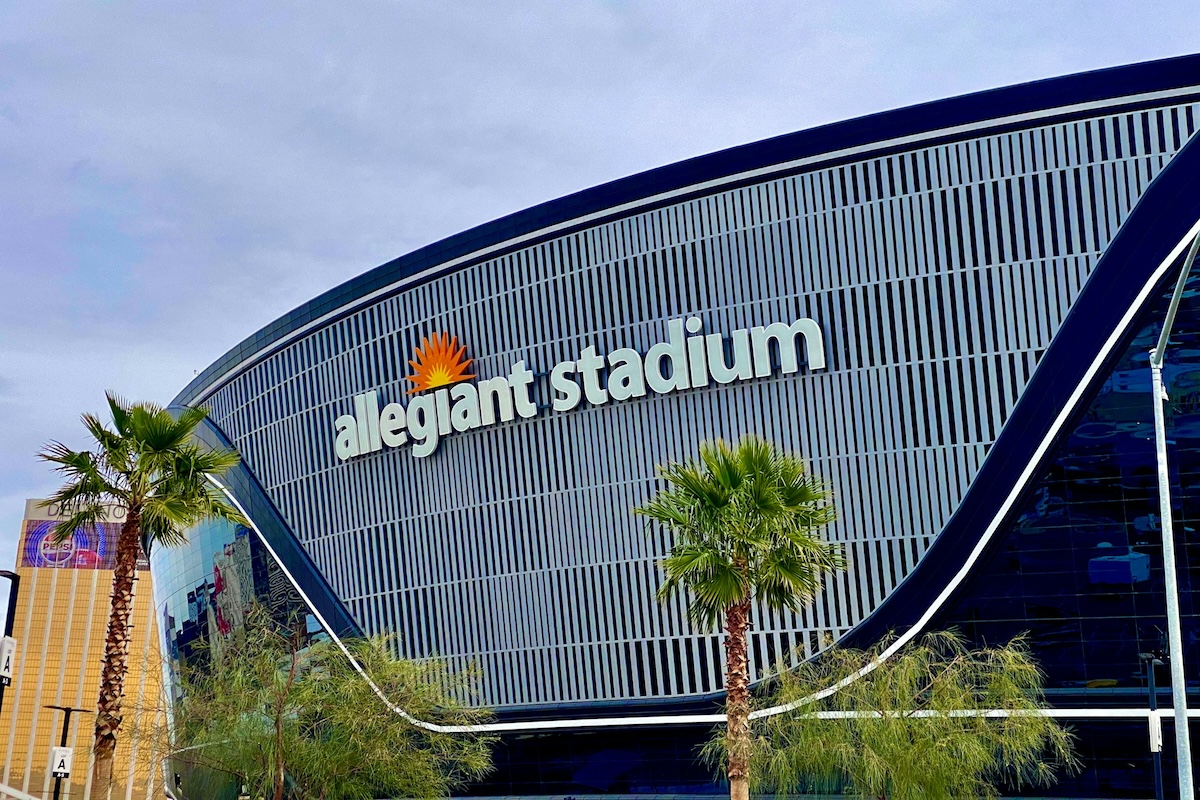The typical event attendee produces 1.89 Kg of waste per day, 85% of which can be landfill, depending on where and what type of event it is. One of the best ways to reduce waste is to audit your waste stream, which can create many benefits.

But what if you don’t have time for the tips shared in our recent EMB post here? This article provides a cheat sheet of twelve of the most common materials landfilled at events, and a few ideas of how to better manage them.
Food
It’s heavy. It’s smelly. It’s expensive. And it can comprise a minimum of 20% – and in some cases up to 60% – of your event waste stream. Food waste is a problem that impacts all of us. So much so that some cities, such as Boston and Vancouver, are banning it from landfill. The easy button for planners who want to reduce food waste is to work with caterers that have food waste reduction strategies.
This includes not only organic waste management programs for kitchen scraps and table scrapings, but also up-pipe waste reduction programs that keep careful track of things like appropriate serving size. Planners can help by tracking typical food consumption patterns for their events to prevent over-ordering.

Food Packaging and Serviceware
Spend a lot of time around event waste and you’ll see that landfill is often the most colourful stream: punctuated by splashes of shiny snack packages and bright fountain cups. Eliminating snack packaging by serving in bulk helps. As does making use of durable food containers.
Compostable serviceware used in concert with a composting program is also an option, particularly for large or outdoor events where durables might not be feasible. If you’re planning to do this, make sure your compostable items are clearly identified, as most people cannot tell compostable items from ones that may be recyclable, biodegradable or landfill.
Be aware that biodegradable packaging is typically destined for landfill, where it may not degrade as intended.

Coffee Cups
While all disposable serviceware creates waste, coffee cups deserve a special spot in the dirty dozen. From paper to polystyrene, most disposable coffee cups are landfill. Lids are a particular problem, as they are often made from #6 polystyrene plastic, which is not recyclable by most event venues. Sponsored reusable tumblers can help.
Another creative idea: provide free specialty coffee on the opening day of your event for anyone who brings their own tumbler! Or for the adventurous, consider edible cups!

Vinyl Banners
Vinyl banners, while technically recyclable, are not practically recyclable by most event venues. They require special take-back programs. Some venues may offer to donate them, which can help, but typically offloads the disposal burden to the next recipient who may only use the material once.
To keep this material from landfill, consider generic banners, free from dates and specific locations, so they can be reused. Or opt for venues where digital banners are installed. Upcycling discarded banners into consumer products, like folio covers, is another option.

Tabletops
Many tradeshows make use of thin, flexible vinyl tabletops that are discarded after each event. Like banners, this material is not recyclable by most venues, so it is best to avoid if possible. Frugal companies may retain tabletops for multiple uses, if they are not damaged, so ask your general services contractor if this is possible where table covering is necessary. Another idea: discount booth rentals for exhibitors who opt to bring their own table linen and recycling bin.
Plastic Foam
From packing materials to signage and coffee cups, events can use a lot of plastic foam, or polystyrene. Many disposable event signs are made from substrates that have a polystyrene core, or foamcore. While convenient, cheap and lightweight, the signs (like vinyl banners) are technically recyclable, but not accepted for recycling by most venues.
The good news is, many sign shops are able to substitute fully recyclable cardboard for most foamcore signs. Ask for it! Packing peanuts are another culprit for which there are recyclable paper alternatives.
Plastic Sheeting
Plastic sheeting (often called Visqueen) is used to cover carpet during set-up to keep it clean. Just prior to show opening, this film is lifted and often discarded at show site, where it is not commonly segregated for recycling. Talk to your general services contractor about options to eliminate it, or sort and take-back the material for recycling.
Shrink-Wrap
Like sheeting, shrink-wrap waste can be abundant during move-in for tradeshows. And similarly, it requires special effort to recycle. If you are expecting a lot of plastic film it may be possible to coordinate recycling for it, provided it is clean and separate from other waste. Talk to your venue recycler about this option, and be prepared to coordinate with set up crews who will need to be involved in sorting.
Name Badges
Name badges are an obvious necessity at events. However, design-to-keep-from-landfill is tough! Why? Most badge holders are made from PVC, which is not easily recyclable at venues. Add to that lanyards made from diverse materials, card inserts that might be paper or plastic, and sticky ribbons, and, well…sometimes it’s just easier to trash them!
Tackle this member of the dirty dozen by attempting to eliminate your holder, and add icons or printed ribbons directly on recyclable paper name cards, instead of using sticky ribbons. Take advantage of unique programs to share lanyards, like the Lanyard Library.
Adhesive Decals
Adhesive graphics are typically landfilled at event sites and can use harmful chemicals. Avoid them if you can. If you can’t, try to find paper-based and recycled content options that take advantage of water-based glues or low VOC adhesives.
Carpet
According to the Carpet America Recovery Effort, five billion pounds of carpet are sent to landfill annually in the USA. A responsible general services contractor is your ally in trimming carpet waste. Ask your contractor how much of their carpet returns to inventory on average (it should be more than 75%), and how long carpet is typically used prior to being discarded (which should be measured in more than just a few events).
Avoid flooring designs that result in curved or excess trim, which can impede reuse and recovery. Have left-over carpet? Keep it from landfill by visiting the CARE website to find a carpet recycler near you.

Audio-Visual Waste
AV is a special problem, especially for events that involve significant production. This waste stream can include electronic equipment, bulbs, cables, batteries and other materials that require special recycling to ensure workers are not at risk, and pollution is minimized.
The easiest solution is to work with an AV provider that has responsible end-of-life practices, including resale, donation and recycling of equipment through a certified, responsible vendor. It may also be possible to work with your venue to recycle batteries.
In Conclusion
While many materials used at events create solid waste, these dirty dozen are particularly problematic due to their widespread use and/or lack of reuse and recycling options in most event destinations. What creative ways have you adopted to eliminate these materials, or prevent their disposal to landfill?





